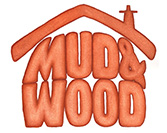Building Limes Forum Ireland Hot Lime and Mud Mortar Workshop
5th January 2015
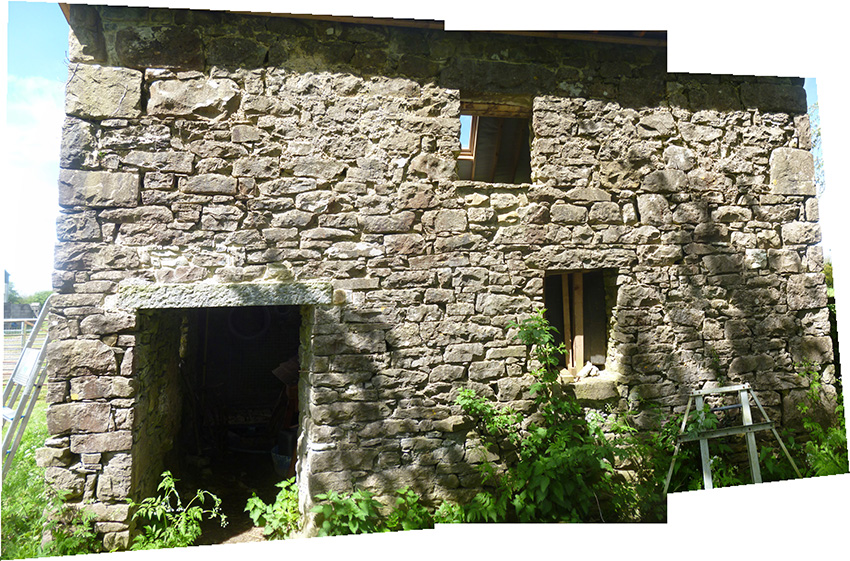
Stone Building with Mud and Hot Lime Mortar
Last November, the Building Limes Forum Ireland organised a workshop exploring the characteristics and benefits of working with hot lime mixes. The course was taught by Pat McAfee, one of Ireland’s leading stonemasons and lime experts, and Nigel Copsey, one of England’s leading stonemasons and lime/earth mortar experts. While a lot of the day obviously focused on lime mortars, a session was devoted to mud mortars and plasters. Through their combined decades of experience both Pat and Nigel were aware that quicklime, rather than fat lime or lime putty, was a key ingredient in historic mortar mixes.
Hot lime mixes use lime when it is still in its quicklime state. It is highly reactive with water at this stage, so health and safety is always something to be aware of, particularly with regard to storage (obviously, it must be kept dry). When quicklime and water come in contact with each other, boiling point is reached very quickly. Before Nigel and Pat started experimenting with hot lime mixes, most conservation-style repairs were carried out with fat lime, also known as lime putty. With lime putty the quicklime has already been 'slaked', i.e. had water added to it and allowed to 'sour' over a period of months. The longer the lime putty is left to age, the better its quality.
Having surveyed old stone and mud mortar buildings myself, I have come across plenty of earth mortars peppered with small white malteser-like kernels. This was evidence that quicklime had been added to the mix. I had always wanted to find out more about this method of mixing, as one of the basic tenets of conservation work is to repair like with like. So I was delighted to hear about the workshop.
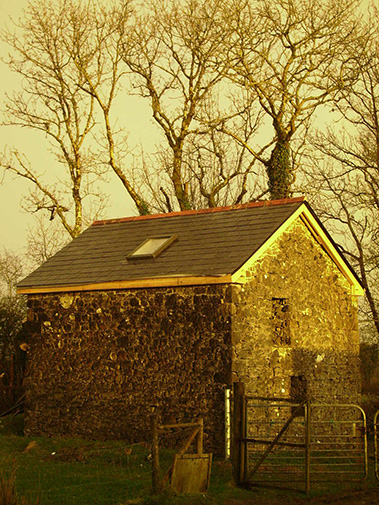 |
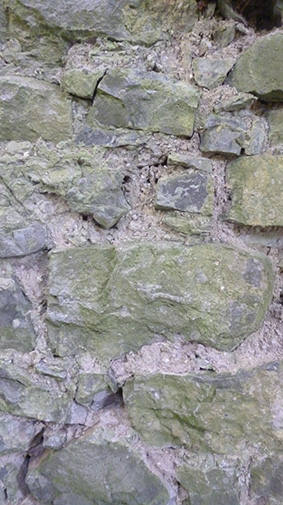 |
| Stone Building with Earth Mortars |
Quicklime Kernals in Earth Mortar |
For the hot lime/mud mortar demonstration, Nigel and Pat first prepared the earth mortar by mixing the correct quantities of soil and sand together. Every soil sample will be different and the amount of sand you need to add will depend on the clay content of your soil.
Then they made a hot lime paste by mixing quicklime and water together. They added 5% quicklime by yield volume (the volume of mortar after the sand, clay and water had been mixed together). In their experience, anything much above that does not have any positive impact on the mix and can actually start to compromise it. The water was bubbling and the mix was steaming within seconds.
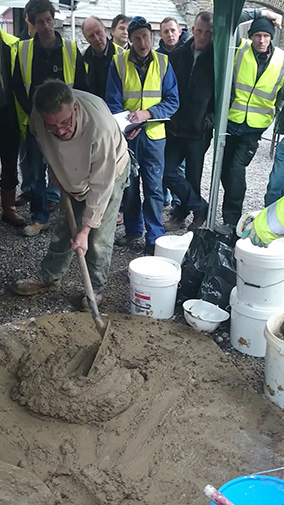 |
 |
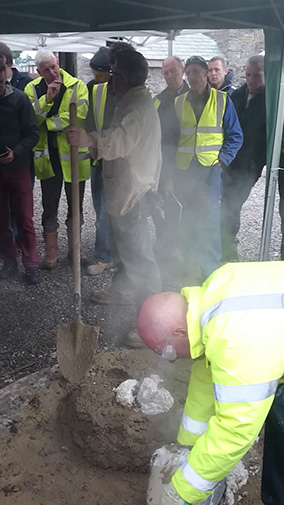 |
|
Mixing Sand and Sub-Soil
|
Hot Lime Paste Being Added to the Mix
|
Note the Steam Rising from the Mix
|
After mixing it into a paste, it was added to the earth and sand mixture. Using a shovel, they beat it into the mortar. It was lukewarm to the touch after only a minute or so of mixing.
One of the major benefits of adding quicklime to an earth mortar or plaster is its effect on the ‘wetness’ of the mix. Earth mortars/plasters are mixed and applied close to their plastic limit. This helps to fully activate all of the clay within the mix; the clay is the binder, i.e. the sticky ingredient. It also helps with the ease of application. Your arm gets very tired trying to apply a stiff plaster mix.
As a rule of thumb, I am happy with my plaster mixes when they are ever-so-slightly jelly-ish on the hawk (mortar board) and I can see the thinnest line of a meniscus on the surface. Stronger people than me could probably get away with a slightly drier mix.
So I was really interested to see that the addition of a quicklime paste to the earth mortar removed a lot of that wetness, without removing any of the workability. It was a lovely mix to work with.
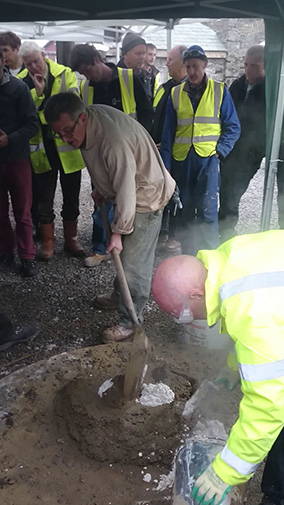 |
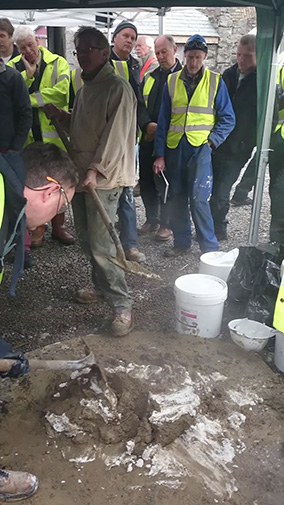 |
 |
|
Starting to Mix in the Hot Lime
|
Beating the Earth-Hot Lime Mix
|
Mix is Less Watery but Still as Workable
|
From Nigel’s observations of historic buildings which have repaired using hot lime mixes, the anecdotal evidence is that these buildings dry out faster and remain drier than their counterparts which have been repaired with NHLs (natural hydraulic limes - which can be bought bagged from many builders' providers). There was also no leaching out of the lime, which can happen when lime putty is used. Drier walls equal improved thermal performance.
Nigel showed an interesting slide comparing the microscopic structure of a hot lime mix sample with that of a lime putty. The pores in the lime putty were wavy, sometimes compressed, sometimes more open. The pores in the hot lime mix were straight, with each pore being generally continuously open (not increasing and decreasing in width). This is obviously a clue as to why the buildings repaired with hot lime mixes appear to be drier. Whether this is the case for mud mortar was not discussed, but it is something we should keep in the back of our minds when we are surveying, specifying and carrying out repairs to such buildings.
Whatever about solid mud-wall buildings being invisible to most people in Ireland, stone buildings constructed using earth mortars seem to be even less acknowledged or understood. However, this form of construction is so common it is amazing to think that it has been largely forgotten and ignored for the past century or so. In fact, the last 4 cottages that I have surveyed all contained at least some earth mortars. Two of them were built using only earth mortars.
Both Nigel Copsey and Pat McAfee were in absolute agreement about one thing, the builders of yore did not choose earth as a construction material because of poverty or lack of alternatives. Earth was specifically chosen because of its many excellent construction properties. In an industry that is striving to find to ways to be more sustainable, maybe sometimes we should try looking to the past to embrace the wisdom of our predecessors, rather than always looking beyond the horizon for the next big thing.
Copyright 2015, Féile Butler - Mud and Wood
|
